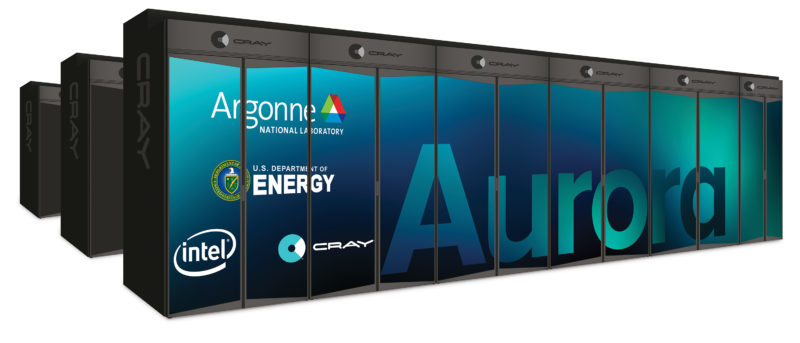On January 16, the U.S. Army posted a request for information on a Wideband Global Satellite (WGS) Ka-Band Satellite Surrogate. Responses are due by 3:00 p.m. Eastern on February 6.
The Army relies on Ka and Ku band satellite communications (SATCOM) for beyond line of sight (BLOS) communications between Division, Brigade, Battalion, and Company echelons. The Army needs a viable alternative to operate in a day without SATCOM, where satellite communications are denied through electronic or kinetic attack. Viable primary alternate contingency and emergency plan alternatives are needed to continue to fight. Command, Control, Communications, Computers, Intelligence, Surveillance and Reconnaissance, Long Range Precision Fires, Next Generation Combat Vehicle, Soldier Lethality, Future Vertical Lift, all depend on BLOS communications. The United States Army Combat Capabilities Development Command (CCDC), Command, Control, Computers, Communications, Cyber, Intelligence, Surveillance and Reconnaissance (C5ISR) Center, Space and Terrestrial Communications Directorate (S&TCD) is seeking to develop a low cost Ka Band payload that can be elevated to 80-100 kilo-feet on a high altitude balloon platform. This would be considered a high altitude balloon satellite surrogate, which restores denied WGS tactical communications rapidly between Division, Brigade, Battalion, and Company echelons. Overall, CCDC, C5ISR Center, S&TCD envisions a combination of multiple products, in which some are already mature, that deliver novel satellite surrogate system capabilities.
Objective WGS satellite surrogate system attributes and desired capabilities include:
- An optimized beacon that enables ground terminals (PoP, SNE, STT, STT-HP, Phoenix) to easily track the payload
- Support of transponded SATCOM with a bandwidth of 45-60 megahertz, Ka-Band
- Protected SATCOM services via beamforming and onboard processing within the payload
- A coverage footprint of 200-400 miles diameter; coverage may require a constellation approach
- Power consumption to be 100 watts during the day and 75 watts during the night and can provide power for at least right (8) hours minimum.
- A payload weight to be no greater than 75 pounds
- A payload size to consist of multiple CubeSat/Nanosat modules in which each cube could be a sub-component of the payload as a whole, as an example.
- A secure telemetry/C2 link to control the payload, as necessary, and gather global positioning system coordinates, power usage, payload temperature, battery life, etc.
Full information is available here.
Source: SAM









